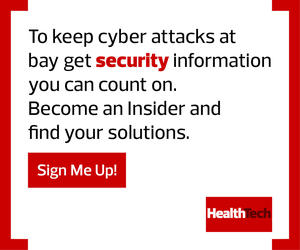A comprehensive and agile security plan can meet these threats head-on. Healthcare organizations that adopt an approach of security by design will reduce mistakes and improve the effectiveness of their defenses.
Be sure to incorporate these technology solutions to protect key elements of your IT operations:
1. Email Security Measures to Limit Unwarranted Access
Email security is always a challenge for healthcare organizations. Targets such as patient information and prescription data are very valuable, making them attractive to cybercriminals. Email security solutions that offer capabilities such as URL protection and attachment analysis are essential to protect against cyberattacks.
Multifactor authentication is also an important tool to protect email systems. As MFA has evolved, vendors have developed features such as context-sensitive systems that can apply different levels of security depending on factors like where a user is making a request. For example, a doctor looking to access patient data from outside a hospital may be required to log in with multiple methods of authentication, whereas access from inside the hospital may require only one method.
2. Endpoint Security to Protect Mobile Devices
Many healthcare providers have shifted to mobile, remote workforces. With this change, enterprise devices are giving way to BYOD policies. Staff-owned devices likely do not have the same protections as hardware distributed and managed by a hospital’s IT staff. Healthcare organizations must be able to secure these devices through endpoint security solutions.
For BYOD situations, web security solutions can further protect data. Many healthcare organizations now use cloud-based web security tools, which can secure applications regardless of where a device is or what kind of device it is.
3. Zero-Trust Framework for Verifying Data Access and Privilege
Many healthcare systems that haven’t built a security framework that includes zero-trust architecture are struggling in the current environment. In a zero-trust architecture, users must prove their identities to access specific data resources.
Attackers are looking for credentials that give them access to peer-to-peer server traffic. Zero trust doesn’t provide this level of trust between servers. This approach takes user error out of the equation and reduces the ability of threats such as ransomware to move from one server to another.














